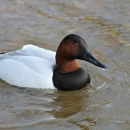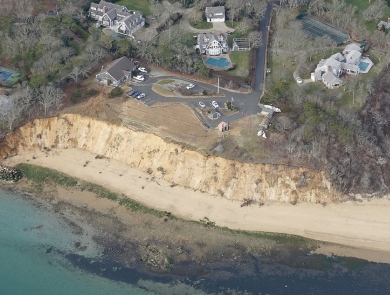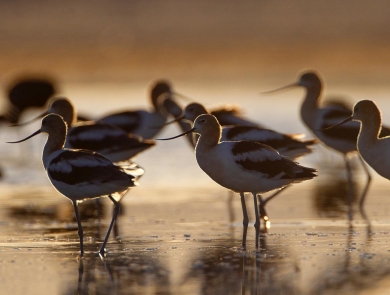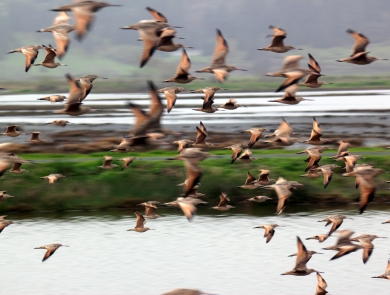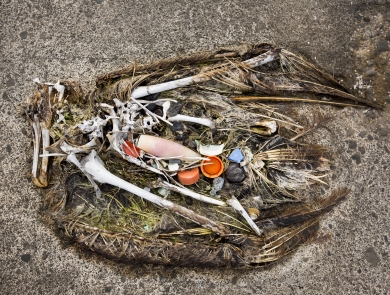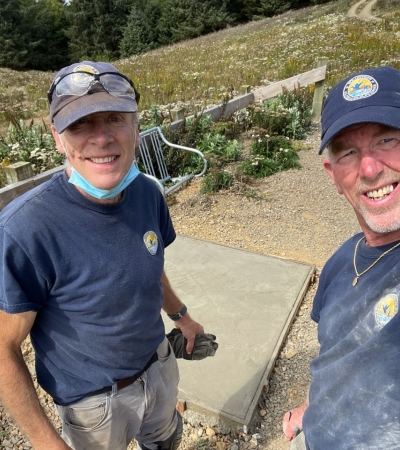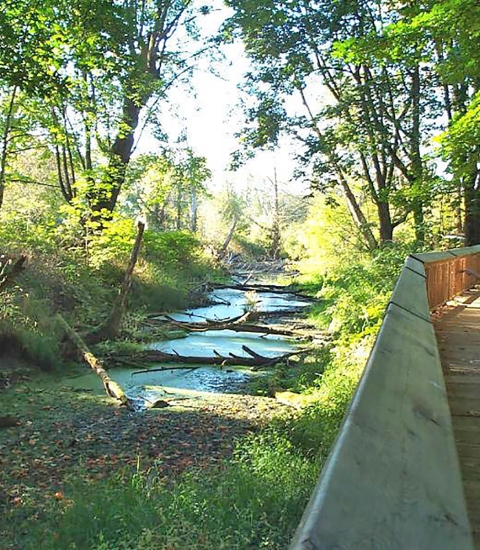Facility
Location
643 Wildlife Road
Dover, TN 37058
United States
Volunteer Position Overview
About This Position
Cross Creeks National Wildlife Refuge is 9,000 acres of land that is actively managed to create and maintain optimal wildlife habitat, which makes it a very attractive location for a diversity of wildlife as well as visitors. This refuge is a wonderful location for fishing, kayaking, wildlife observation and photography, as any local would tell you. If you enjoy meeting new people, advocating for conservation and teaching visitors about this unique location, this opportunity may be a great fit for you. Despite being a smaller scale refuge, there is no shortage of maintenance tasks or field work projects so if you enjoy hands-on work, consider volunteering with us this season. Couples and singles are encouraged to apply.
We ask that volunteer campers work 24 hours per week. In exchange for providing us with your time and service, the refuge will provide volunteers with a covered, full hookup camper pad, a free laundry facility located adjacent to the camper pad, propane, a work vehicle and any personal protection equipment needed. You would not necessarily have to work this whole period, but can come for segments of this duration.
Duties/Activities
Stories About Volunteering
Other Ways to Work with Us
Are you looking for something different than a volunteer opportunity? The Fish and Wildlife Service employs around 9,000 people nationwide and offers great internship opportunities every year.
